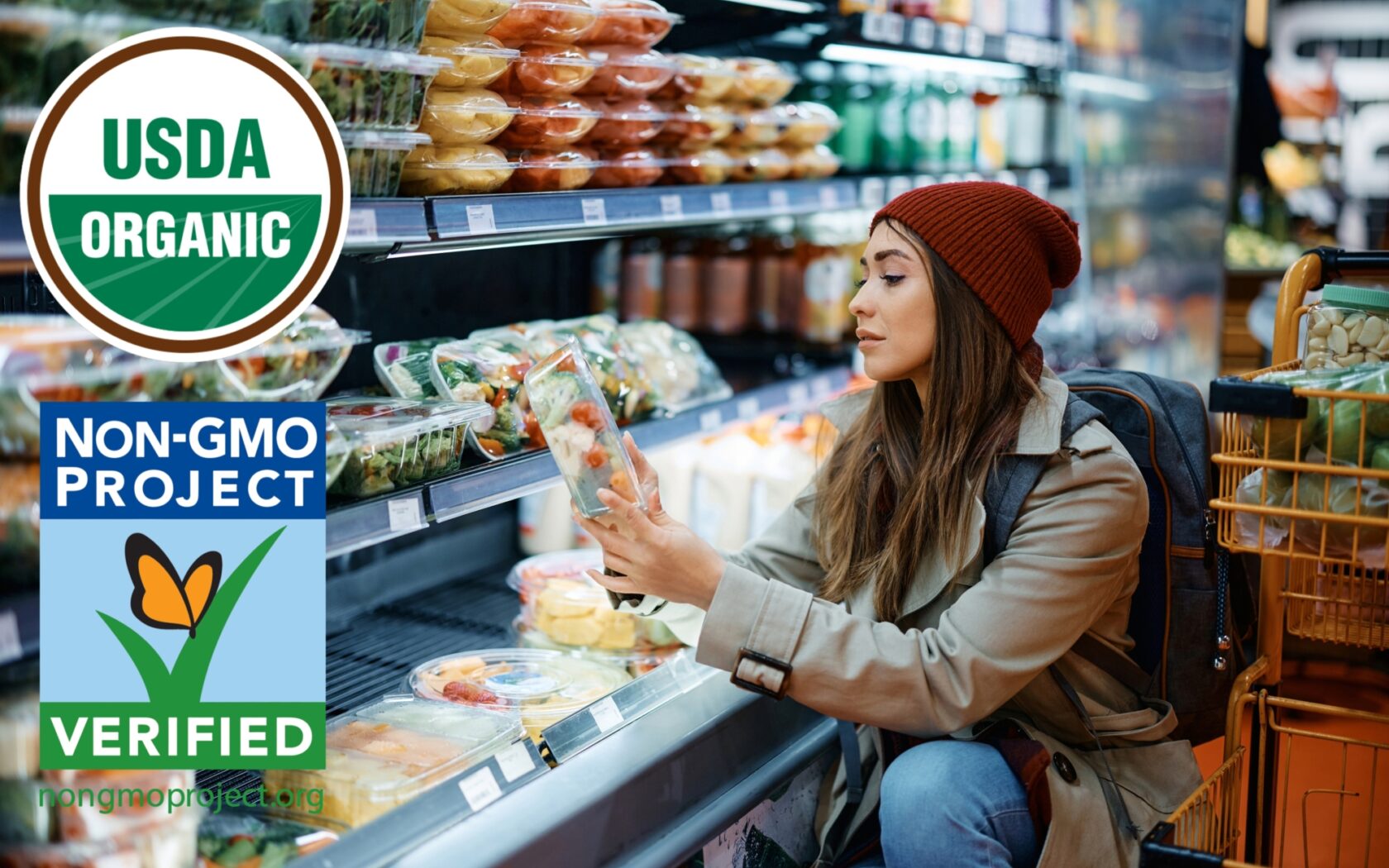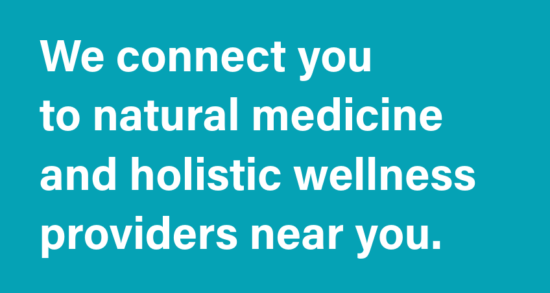Non-GMO vs Verified Organic Labeling on Food and Products: What You Need to Know
In today’s wellness-focused world, understanding the labels on your food and products is more important than ever. Terms like Non-GMO and Verified Organic are everywhere, but what do they really mean?
Knowing the difference can help you make smarter choices for your health, your family, and the planet. In this article, we break down these labels, compare them, and give you practical tips for reading labels like a pro.
What Does Non-GMO Really Mean?
GMO stands for genetically modified organism. These are crops or foods whose DNA has been altered in ways that don’t naturally occur in nature. GMOs are commonly found in corn, soy, canola, and some processed foods.
When a product is labeled Non-GMO, it means it has been made without genetically modified ingredients. The Non-GMO Project is one of the leading organizations that verifies this claim in the U.S. Their seal indicates that a product has gone through testing and meets strict standards for avoiding GMOs.
Why choose Non-GMO?
- Reduces exposure to genetically modified ingredients.
- Supports biodiversity and more natural farming practices.
- Often aligns with personal or ethical choices regarding food production.
Limitations of Non-GMO labeling:
- Non-GMO does not mean pesticide-free or chemical-free.
- It doesn’t automatically mean the food is organic or healthier.
In short, Non-GMO tells you what’s not in your food—but not everything about how it was grown.
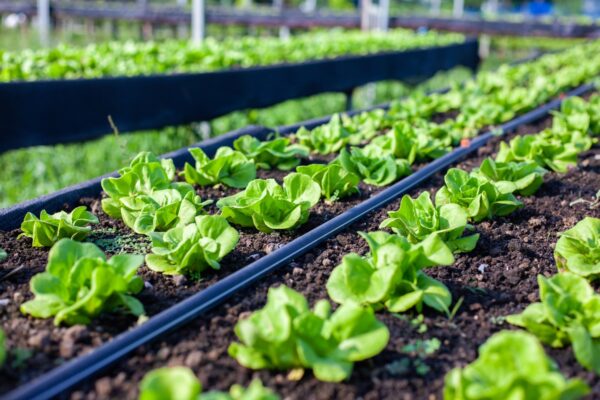
What is Verified Organic?
Organic foods are produced using natural methods without synthetic pesticides, fertilizers, or genetically modified organisms. In the United States, the USDA Organic certification is the standard, but a Verified Organic label takes it a step further.
Verified Organic certification ensures:
- The product is made with at least 95% organic ingredients.
- No GMOs, artificial colors, flavors, or preservatives.
- Farming practices that promote soil health, animal welfare, and environmental sustainability.
Benefits of choosing Verified Organic:
- Lower exposure to harmful chemicals.
- Supports regenerative and ethical farming practices.
- Often has higher nutritional value, especially in fruits, vegetables, and dairy products.
Organic foods are not just about what’s removed—they’re about how the food is grown. This includes avoiding chemical additives, supporting biodiversity, and promoting sustainable farming methods.
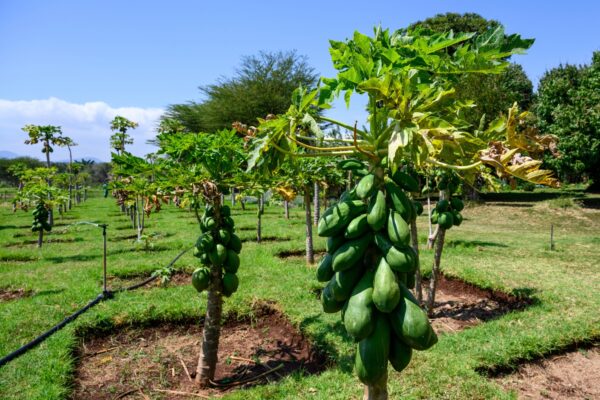
Key Differences Between Non-GMO and Verified Organic
While Non-GMO and Verified Organic labels are sometimes confused, they are not the same. Here’s a clear breakdown:
| Feature | Non-GMO | Verified Organic |
| GMO Ingredients | Not allowed | Not allowed |
| Synthetic Pesticides | Allowed | Not allowed |
| Fertilizers | Conventional allowed | Natural only |
| Certification | Voluntary, usually Non-GMO Project | USDA/Verified Organic standards |
| Farming Practices | Not specified | Sustainable, ethical, soil-focused |
| Health/Environmental Impact | Focuses on GMO avoidance | Broader health and environmental benefits
|

Bottom line:
- Non-GMO focuses solely on avoiding genetically modified ingredients.
- Verified Organic covers a broader range of factors, including GMOs, pesticides, synthetic chemicals, and environmental sustainability.
Choosing one label over the other depends on your priorities, but many wellness-minded consumers aim for products that are both Non-GMO and Verified Organic.
How to Read Labels and Make Informed Choices
Understanding food labels can be confusing, but a few simple tips make it easier:
- Look for the seals:
- Non-GMO Project Verified seal confirms GMO testing.
- USDA Organic or Verified Organic seals confirm organic standards.
- Check ingredient lists:
- Even if a product is Non-GMO, it may contain artificial additives or pesticides.
- Organic ingredients reduce chemical exposure and usually have fewer additives.
- Watch for tricky wording:
- Words like “natural,” “all-natural,” or “GMO-free” are not always regulated.
- “Certified Organic” and “Verified Non-GMO” carry verified standards.
- Understand your priorities:
- Want to avoid GMOs specifically? Non-GMO is enough.
- Want to avoid chemicals and support sustainable farming? Choose Verified Organic.
- Combine both labels when possible:
- The healthiest and most eco-friendly choice is often a product that is both Non-GMO and Verified Organic.
Why It Matters for Your Health & the Planet
Choosing products with the right labels isn’t just about personal health—it can also have wider benefits:
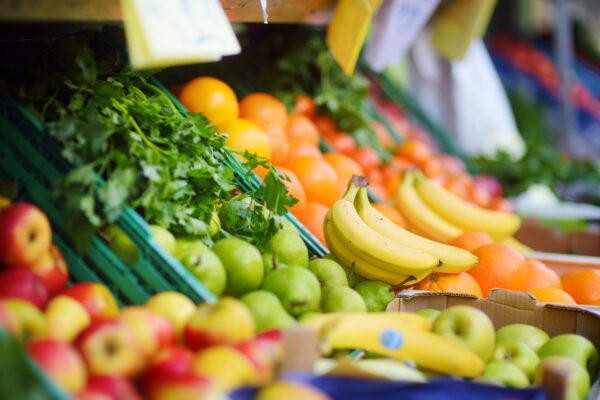
- Health: Lower exposure to GMOs, pesticides, and chemicals can reduce potential health risks and improve overall wellness.
- Environment: Organic farming supports soil health, water conservation, and biodiversity.
- Ethical farming: Verified Organic standards often ensure humane treatment of animals and fair labor practices.
Making informed choices allows you to align your food with your values, supporting wellness for yourself and the planet.
Choosing What’s Right for You
Both Non-GMO and Verified Organic labels provide valuable information, but they serve different purposes. Combining Non-GMO and Verified Organic products is a powerful way to make mindful choices that nourish your body and support sustainable farming practices.
At Hopegrown.org, we’re committed to helping you make sense of natural wellness options, so you can feel confident about what you put on your plate. Choosing informed, label-conscious products is a small step that leads to big health benefits—for you and the planet.

